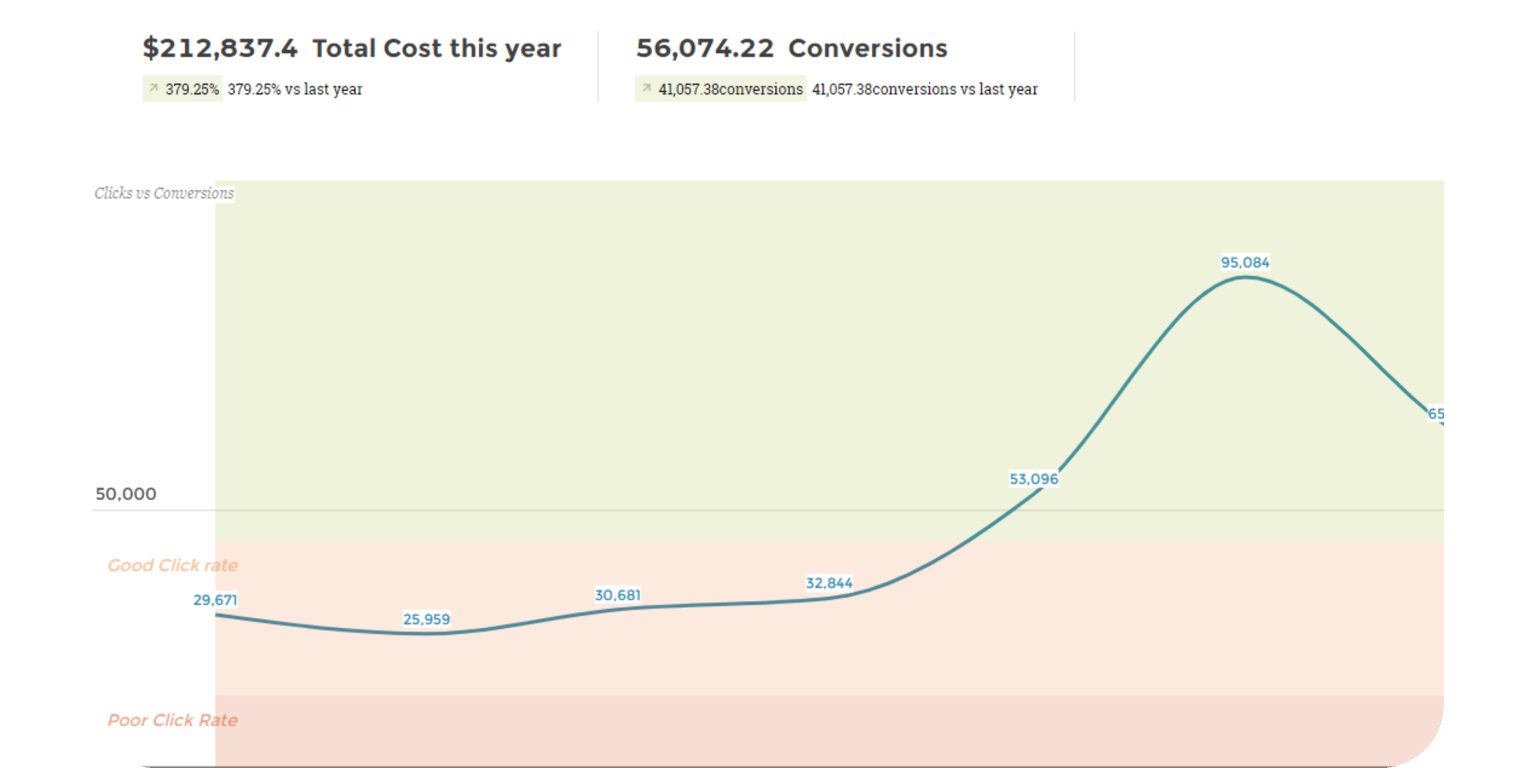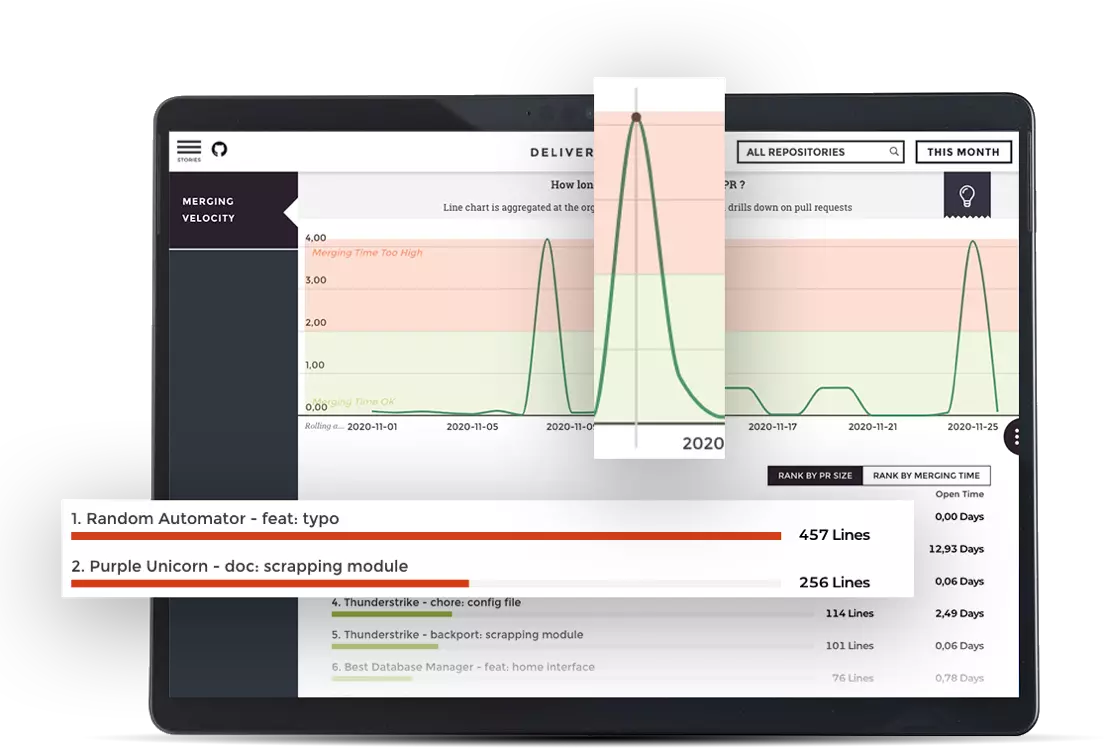Most business leaders today seem to agree on the importance of Business Intelligence. Using analytics and statistics to understand your business and market, position yourself strategically and be more effective. That’s, in theory, what every company plans to do with their data.
But when it comes to practice, things get a little more complicated.

How to build the right BI strategy for your organization
Virtually any company has been gathering useful data about their finances, their consumers or their operations. And they sometimes use them to make ad-hoc decisions. But these isolated instances alone are not enough to build a data-driven organization. While working with our clients, we sometimes find that they lack an overarching vision of what their data efforts are for. The main risk is using data for data’s sake instead of using data to solve clearly defined business problems. This is why we encourage every company we work with to have a clear Business Intelligence strategy in mind before they start investing in BI.
Building a strong BI strategy is easier than you might think if you have a deep understanding of your business, and you ask yourself four simple questions: Why, what, who, and why.
Why do you need an overarching Business Intelligence strategy?
Before laying out the blueprint of your BI strategy, you might be wondering if you really need a BI strategy in the first place. But just as you wouldn’t launch a business without a clear business plan, you shouldn’t plan to leverage BI in your organization without a BI Strategy.
Data can be very powerful tools: it’ll allow you to spot potential problems, predict upcoming trends, and determine the best course of action. But to unlock these opportunities, you and everyone involved should know what BI is for in your organization.
Having a BI strategy will also allow you to:
- Optimize the ROI of your BI spending
- Get the executive committee on board
- Know who you need to hire to accompany your BI effort
- Determine what BI tool would be best for your
- Establish a clear roadmap for using data in your organization
- Monitor the impact of your BI strategy and make adjustments
- Involve everyone at scale and empower business users with data
- Promote data culture across your company
1 mistake to avoid while building your BI strategy
Data-driven organizations know that relying on data to make decisions should become a habit for everyone across departments and roles. BI isn’t and should not be seen as a matter for IT teams and IT teams only. Building a data culture means changing the way things are done across the company as a whole: hiring talented data experts is not enough. That’s something you should keep in mind while building your BI strategy: it should be a transversal strategy for all departments, not just tech experts. If your BI strategy only involves data experts and other stakeholders (finance, marketing, HR…) are not sitting around the table, then it might not be enough to elicit long-lasting change.
4 questions to ask yourself while building a BI strategy
Building a BI roadmap is easy once you land on a clear vision of how data should be used across your organization: your BI strategy. In order to develop a strategy, stakeholders need to be aligned on what they’re trying to accomplish with data, how the data will be managed, shared and presented to those who need it. From data sourcing to distribution, you’ll be able to make better decisions once you answer these 4 questions.
.jpg?width=719&name=SaaS%20(7).jpg)
1. Why: what business problem are we trying to solve?
We’re constantly being told companies need data analytics. And the BI industry is always marketing new, promising features that seem to be able to revolutionize your business, from augmented BI to natural language processing for BI. This makes it easy to fall into the trap of using data for data’s sake: you’ll end up paying for needlessly expensive tools or hiring experts without knowing what you need from them exactly and what they’ll bring to your bottom line.
The first step of developing a BI strategy is to understand what business question you’re trying to solve with data. That’s what BI is: leveraging data and analytics to solve business problems.
Your BI strategy should derive from your overall business strategy. What objectives will you be able to achieve through data? What business questions can you answer with data?
Asking yourself why you’re developing a BI strategy will also help you determine the scope of your BI strategy. Ideally, BI will help every department and every aspect of your business, but you might start out with a less ambitious scope. So whether you’d rather focus on sales or human resources, whether you want to compare the performances of your Points Of Sales or keep your carbon emissions in check, you’ll know what problem your BI strategy will solve and who will ultimately benefit from it.
2. What: what data do we need?
Now that you know what goal your BI strategy will ultimately solve, you can focus on the data itself. What data do you need in order to solve the problems you’ve identified? Compare this to the data you actually have at hand. Like most companies, you’re probably collecting data that you don’t need. Conversely, you might find that you’re lacking crucial data that will allow you to put your BI strategy into action. For instance, you might not be tracking repeat purchases in your stores, but building customer loyalty is an important objective for you.
On a more technical level, you can evaluate your existing data sources: where is your data coming from? Do you keep it on premise or in a cloud-based data warehouse? Is it stored, historical data or streaming data? Knowing the types of data you need to leverage will allow you to choose the right tool to centralize all your data (but more on this later) and to define your data architecture.
Ultimately, you’ll need to be able to identify the key metrics that will be especially important for you to monitor. Having a handful of strategic KPIs is an important milestone for anyone trying to build a BI strategy. These KPIs can then be broken down into more specific metrics. Pinpointing these metrics is the first step in building effacing BI reports that will allow you to empower users across your organization with powerful insights.
3. Who: who’s responsible and who’s involved?
By that point, you probably already know who your BI strategy should ultimately be serving: everyone in your organization. Yes, everyone. Every role can be enhanced by a smart and timely use of data, and this is why you should strive to make data insights available to everyone. Data-driven organizations make it easy enough for every employee to access relevant data without the help of IT so every decision that is taken is justified and explained by data.
But becoming this data-centric requires you to go through an important cultural shift. You’ll need the help of business leaders to sponsor your IT strategy. Ideally, your sponsor will be a board member that can get other business leaders to see the importance of building and implementing a BI strategy. It’s important to get support outside your IT team, specifically to drive the point home that BI is not merely a matter for IT, but an overarching strategy that should involve everyone.
You also need to identify key stakeholders in each department: they’re the leaders whose teams will benefit the most from your BI strategy. Get them onboard and ask them how their teams use the data and what concrete problems it can help them solve. Make sure to regularly check in with them after you deploy your BI solution, and listen to their feedback when it comes to the tools and the KPIs they have: are sales representatives more efficient in meetings with clients? Are store managers able to react quickly when the average basket is decreasing? What can you do to make this data more readily available to them?
4. How: what tools do we need to reach our objectives?
At this stage, you already know why you’re using data, what data you need, and who’s going to benefit from it. You now need to determine how you’re going to put your plan into action. Most companies put a lot of effort into data collection, determining their main sources of data and what’s the best way to combine them. Depending on the type of data you need, you might wonder what’s the best place to store it: in the cloud or on premise?
But mapping out your data structure is not the only technical aspect you should be considering. It is equally important to think about distribution. Gathering data is only important if you know how to put this data to use, in the hands of the people who need it the most. This is why finding the right Business Intelligence reporting tool is so important.
When you set out to look for a BI tool that meets your needs, keep this aspect in mind: it should be convenient for your final users if you hope to see high adoption rates. If most of your employees are highly skilled data experts, you might want to consider a technical interface that allows them to do complex queries and exploration. If not, look for a tool that puts a high premium on data visualization and communication, and that boasts no-code features.
While building our BI tool, we’ve worked hard to make it accessible to everyone that might use it, regardless of their data skills, while allowing more expert users to tweak their dashboards and reports with advanced tools.





